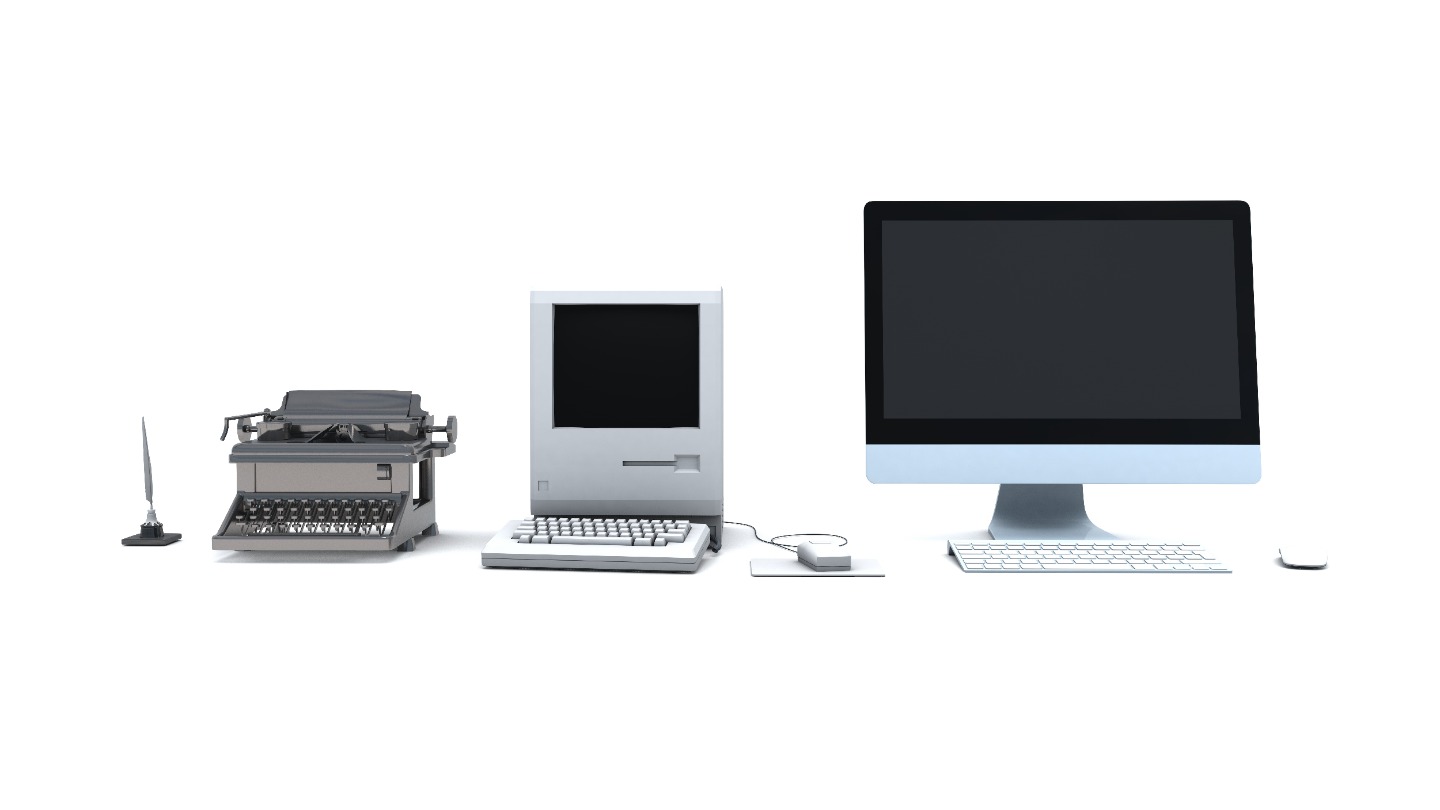When you’re developing a product, there are two main goals in mind:
- Build something people want.
- Learn as quickly as possible.
You want your product to be successful in being refined over time and grow into something extraordinary. However, the only way for you to know if someone will like your product is to have them try it out. This is where Minimum Viable Products (MVPs) come in—they allow you to collect feedback from users at the earliest stages of development and make changes accordingly.
What is the Idea Behind MVPs?
The idea behind MVPs is to test your idea before you put too much money into it. If you haven’t heard of the concept before, the basic idea is to build a product with only enough features to test whether your hypothesis about what customers want lines up with reality. You won’t have all the bells and whistles of a fully-finished product.
Still, by focusing on only the core value of your product and prioritizing features based on what users will use most frequently and why they’d use them in the first place, you can quickly gain valuable insight into how viable your business idea might be. This process saves time and money not only at inception but also throughout development.
This doesn’t mean that every feature has to be stripped entirely from an MVP; sometimes, it’s okay for there to be a few extras (like limited functionality) if those extras are essential enough or make sense given that you’re testing something out so early on in development. Some businesses will even go so far as to make their MVPs look like finished products!
What Can Be an MVP?
A Minimum Viable Product, or MVP, is a product with just enough features to test the viability of the underlying business model. It’s what you start with when you’re not sure if your product will be something people want to use.
The term was coined by Frank Robinson and popularized by Eric Ries in his book The Lean Startup: How Today’s Entrepreneurs Use Continuous Innovation to Create Radically Successful Businesses. He describes how startups should build just enough of their product to test their assumptions, but not so much that they waste time and money investing in something that probably won’t work out.
They should focus on finding a problem worth solving rather than building an elaborate solution that tries to solve every possible situation for everyone in the world ever.
When Do You Know if Your MVP is Viable or Not?
When do you know if your MVP is viable or not?
- Is it solving the problem? If so, then you’re on the right track. You can use user feedback to guide your next steps.
- Is it not solving the problem? Then you need to go back and figure out what’s wrong with your hypothesis and try again! Remember that no one is perfect, so don’t be afraid of failure—it’s just a part of the process!
- What other things should I consider when deciding whether my product is viable or not?
- Is it usable—can people quickly understand how to use it without any instructions? How many steps does it take before they achieve their goal using this particular feature in this app/website? Is there anything confusing about using this app/website etc., and if so, how can we improve upon those experiences for them not only to feel more comfortable but also enjoy interacting with our product even more than before! After all…no, one wants boring software.
With MVPs, Sometimes You Don’t Know What You’ll Find
We’ve seen many people build MVPs to test a single-core assumption in our work. They see an opportunity and want to know if it’s worth pursuing, so they create a landing page or prototype and run A/B tests. In some cases, this is all you need to validate your idea.
The problem is that sometimes your success metrics are hidden—you might not even realize what you’re looking for until after the fact. What seems like a good idea may not be as good in practice as you thought. Or maybe you thought your audience would behave in one way, but they behave differently than expected!
It’s essential to think about these things ahead of time so that when something unexpected happens during testing, you can adjust accordingly without wasting too much time and money (affordability has always been one of our top priorities).
The Value of Agile Methodologies for MVP Development
The iterative approach allows you to test your idea, get feedback from users, and adapt your design as needed. It also keeps the development cycle short, so you can respond quickly if market conditions change or user needs shift.
Think about it this way: You don’t know what’s happening with your customers until they start using your product. And even then, some things might not be apparent until months later—or even years later! We recommend using an agile approach when creating your MVP; it allows you to pivot quickly when issues come up during development or as soon as they arise in real life after launch.
Approaches to Creating an MVP
There are several approaches to creating a minimum viable product, and they all have pros and cons. You can build your MVP with or without code or rely on one of the many online services that offer basic prototypes for free.
Whether you’re planning on building your minimum viable product from scratch or outsourcing its development, here are some considerations:
- What do you want to figure out about your idea? Will an early prototype with limited features be enough to test your concept? Or does it need more complexity before it provides valuable feedback from potential customers?
- Who are the end-users of this product/service/platform? How much technical know-how do they have (or need)? How much time do they have available for interacting with your MVP? Are there specific features that would be particularly helpful in their use cases—or completely unused by them because they aren’t relevant? Does each user group require a different approach when developing an MVP based on those needs (for example, users who work remotely versus those who work in an office)?
Concierge MVPs
What is it?
A concierge MVP is an early version of your product that allows you to test your idea with customers before giving them the whole experience.
How does it work?
It works by letting your customers contact you directly and ask questions, request features and get help using your product. You then implement those requests into a minimum viable product. The benefit here is that you can avoid spending time and money on development until demand for what you’re building.
Why use it?
Concierge MVPs are suitable for non-tech businesses because they let you skip dealing with coding or other technical issues right away. In addition, these types of MVPs allow entrepreneurs who don’t have much money at their disposal—but still want to test out their ideas—to do so without incurring too many costs upfront.
Wizard of Oz MVPs
In a Wizard of Oz MVP, you emulate the product’s functionality with manual processes. This can be done by hiring an actor to pretend to be your product—a role played by “Wizard of Oz” Dorothy in the original story. You can also do this by outsourcing the work (such as through Fiverr) or using software that mimics your application but doesn’t run it.
An example of a company using a Wizard of Oz MVP is OpenTable, which used actors and scripts to simulate restaurant reservations for its early customers so it could get feedback about how people were using their service without having to build out all the features first. Other companies have used this strategy, too.
For instance, Buffer built its initial website by hand without any code so it could get some idea of how users might use it before getting into coding; Warby Parker used photos from eyeglasses catalogs instead of taking pictures of authentic glasses (for instance), and Airbnb built interactive mockups rather than building actual rooms on their site.
Single-Feature MVPs
A single-feature MVP is a great choice when testing just one core feature of your product. It’s the easiest way to validate whether or not someone will want to use your product, and it doesn’t take much time or effort to create.
Focus on one specific feature that is the core of what you’re building instead of trying to make an entire app for it to be a viable business. The simpler it is, the faster you can get feedback from users about whether or not they see value in using your app or product. Don’t worry about scaling yet. Once you’ve validated that people want this service/product and are willing to pay for it, that comes later.
Rollout MVPs
Rollout MVPs are a great way to test specific features in a controlled environment. They allow you to get feedback on a particular feature before rolling it out to your entire user base and making a more considerable investment.
For example, if you’re building an app that allows users to order food through their phones, you might want to test the accuracy of the GPS location tracking before rolling it out for everyone.
Rollout MVPs can also be used when there is little technical risk involved, but there is significant risk around people using new features or products in general. This can happen when introducing new concepts or ideas (to illustrate, telling someone they need more fruit in their diet) or changing existing habits (like moving from paper checklists to digital ones). In these cases, rollout MVPs would allow you to test whether the concept resonates with users before making any significant investments in further promotion.
Multi-Feature MVPs
A multi-feature MVP is a subset of the entire product that includes all the key features. With this approach, you’re building your complete product but only releasing a small subset of it at first.
This is more expensive and time-consuming than other methods because you need to build everything from scratch.
Suppose you’re building an e-commerce site with multiple pages on each product page (including images and videos). In that case, you can’t just use Stripe Checkout as your payment gateway.
However, if your product requires complex functionality or many different features that would be costly to build individually—like creating custom data entry forms for each type of client—then this might be the suitable method for you.
The key here is finding the most miniature set of features that will provide value and help customers see how useful they could potentially become over time (e.g., “Make sure your clients can upload their photos onto our website!”).
Please Keep it Simple
There are many different ways to create an MVP, which can make it challenging to choose the best method for your situation.
Agile methodologies
This popular approach involves building up your MVP in small increments based on user feedback. It’s great if you’re comfortable constantly adjusting your product until you have something that works well.
Lean startup methodology (also known as “build-measure-learn”).
This involves figuring out which parts of your product are most important and focusing on those first before adding anything else into the mix later on down the road when necessary based on what users want out of their products overall while still keeping costs low throughout the development process since there’s no need for any unnecessary bells or whistles at this stage!
How to Decide on Features?
As you think through your idea, you should focus on three key questions:
- What are the most essential features for my target customers?
- Which of these features will have the most significant impact on their lives or business?
- How confident am I that I can deliver this feature by a given date? If you aren’t confident in providing a feature by a given date, postponing its delivery is better than shipping it late.
MVP Methodology
MVPs are an agile method of developing products. The idea is to get a product to market quickly and improve it based on customer feedback.
This section will go over the basics of how MVPs work and look at two popular methods: RICE and WSJF.
WSJF Methodology
Weighted Shortest Job First (WSJF) is a framework for prioritizing agile projects–we recommend this approach. It helps you to measure the cost of delay in project execution and allows you to choose the right project at the right time.
The WSJF framework consists of two main steps:
- The first step is to choose a team member who will lead the project. This will be your Product Owner (PO). They need to have good knowledge about all the stakeholders involved for them to be able to provide accurate estimations for each task that must be done on each product backlog item (PBI).
- The second step is identifying all tasks required for completing your PBI. You should also estimate how many hours each task will take based on previous experiences with similar workflows or tasks if any exist at all! This can help give realistic estimates when planning and better manage resources when running into problems later down the line.
WSJF vs. RICE – A Comparison
Some of the most common uses for SaaS products are:
- Prioritizing features. In this case, you can use RICE or WSJF to identify which features will most impact your customers or users.
- Prioritizing projects. When deciding which project to work on next, use RICE or WSJF to determine which projects will significantly impact your product and business goals.
- Prioritizing backlog items (features). In this case, you should use either RICE or WSJF because they’re both excellent at prioritizing features and backlog items (feature requests).
- Prioritizing bugs and customer requests, in general, aren’t well-suited for either method because neither one is very good at deciding what bugs need fixing first or which customer feedback has more value than other kinds of feedback from customers who may not be as invested in using your product as others are – so neither one is ideal if you want accurate results from these kinds of questions!
Minimum Viable Products are at the Heart of Agile, but It’s Easy to Get Off Track When Using Only One Framework
In the same way, MVPs are at the heart of agile. It’s also essential to use multiple frameworks.
MVPs can help you prioritize your backlog, but they won’t tell you which features should be built first.
With WSJF, you can focus on what matters most in your product development process: The customer experience.






